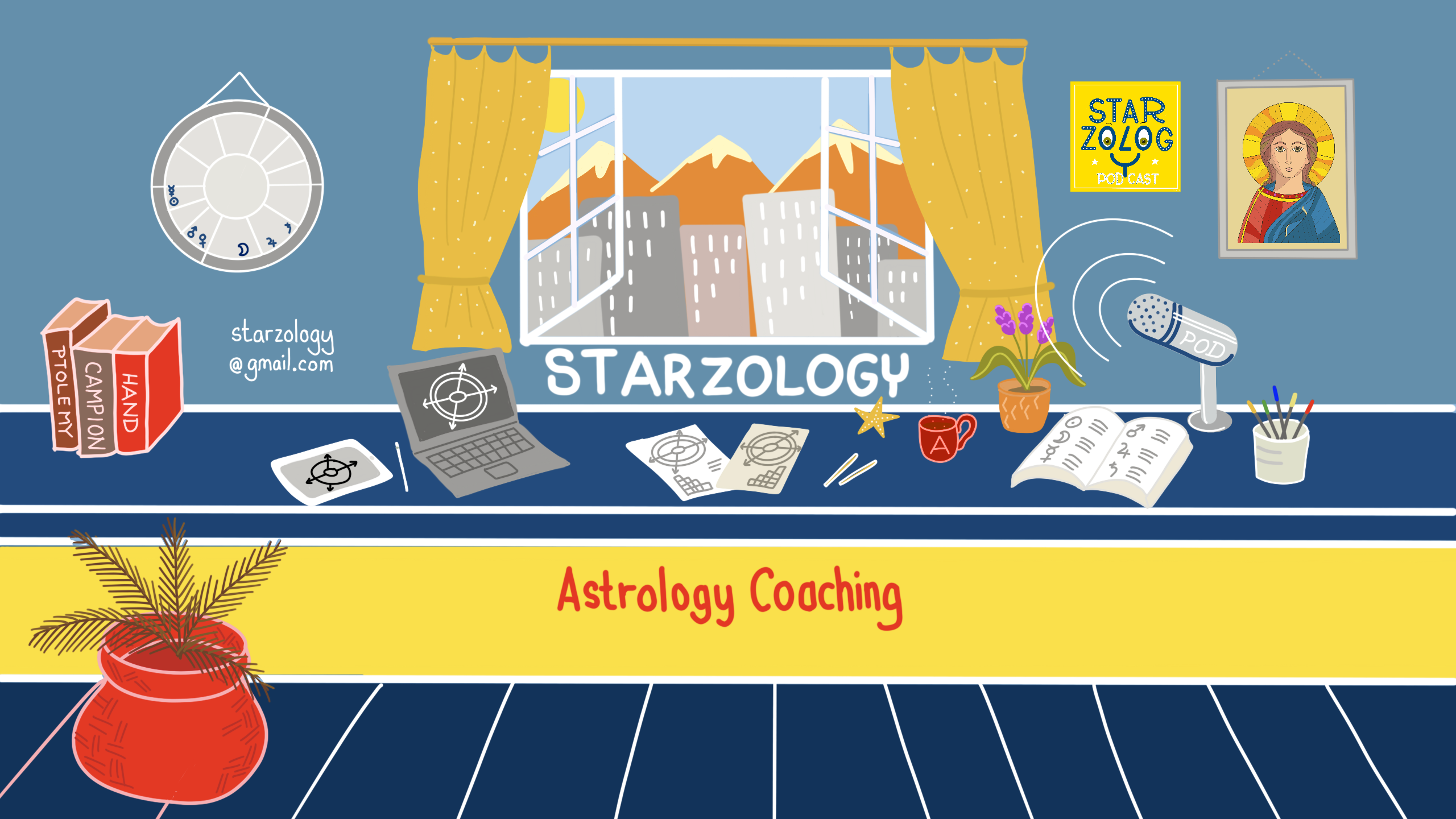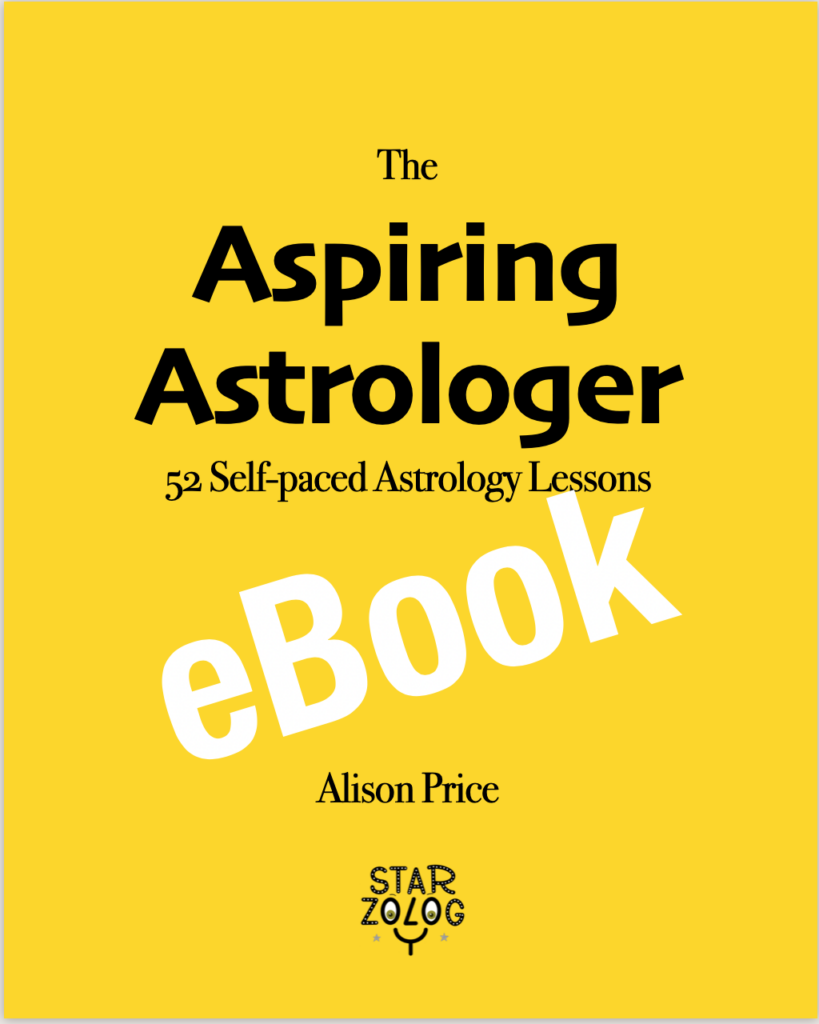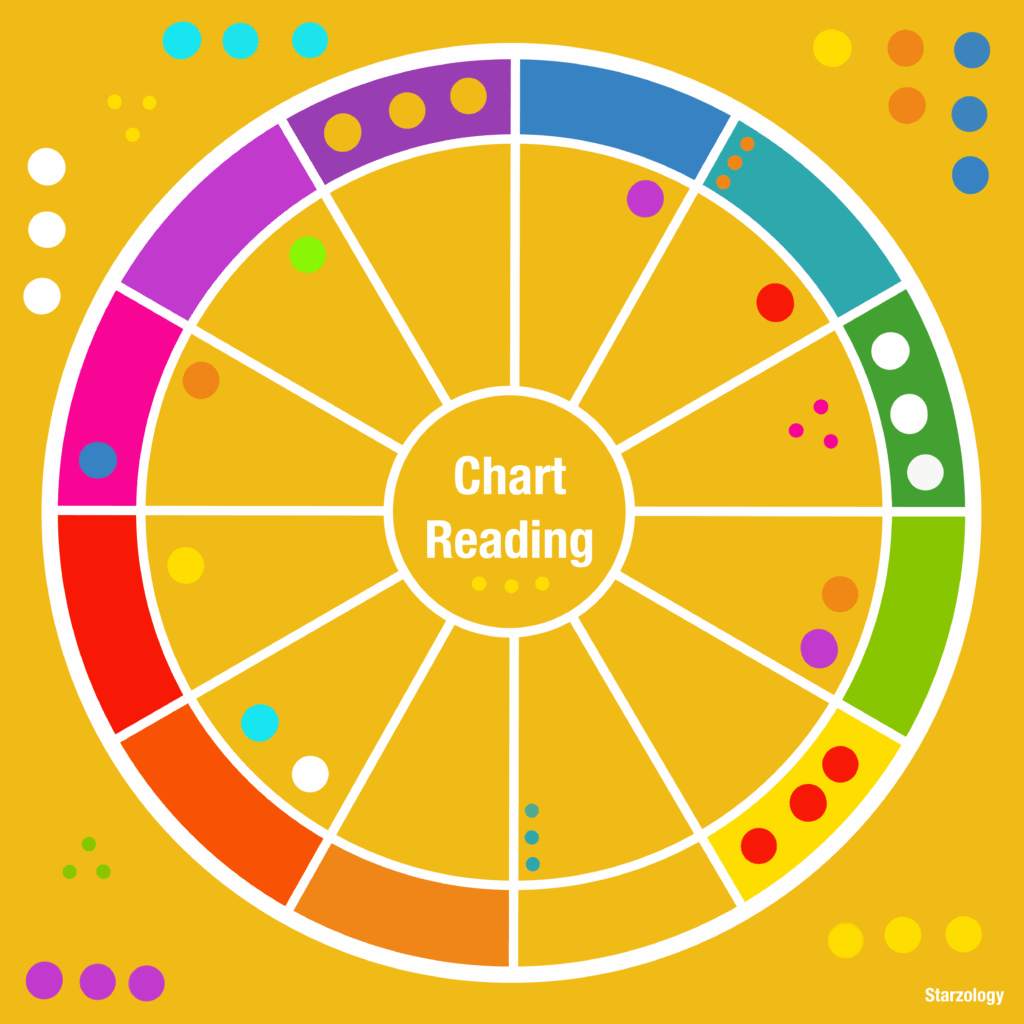The Starzology monthly horoscope overview provides all the ingresses, stations and lunations for each month with a short interpretation.

Mercury and Mars Aspects
Author: Arwynne O’Neill – Published: March 2024
Mercury and Mars Aspects
Kinds of Aspects
Today we’re going to be talking about something a little different. We’ve had a few questions come in about the difference between the various kinds of aspects we talk about, in transits or people’s charts, and we’ve done an entire episode (which will link to in the show notes) about the major aspects. But I wanted to take this episode and just go through all the major aspects with the same two planets. There are also minor aspects, but I’m just going to focus on the big five here, which would be the conjunction, the sextile and trine (the “soft” aspects), opposition and square (the “hard” aspects). This way we can really get a feel for the subtle differences when they apply to the same two planets, and those two planets are Mercury and Mars.
To quickly recap what aspects are, I’m going to quote from The Inner Sky by Stephen Forrest, in which he says, “If signs, planets and houses are the basic words in the astrological language then aspects are the laws of grammar and syntax that govern how those words must be hooked together. Aspects represent our first solid step towards the formation of full-blown coherent astrological sentences.”
Aspects are the angles that describe the relationships between any two planets. Aspect patterns describe when three or more planets are involved but today we’ll just be focusing on the major aspects (saving the biquintile for another day!).
Conjunctions
(0 degrees)
Sextiles
(60 degrees)
Trines
(120 degrees)
Squares
(90 degrees)
Oppositions
(180 degrees)
Mercury and Mars Aspects
Mercury conjunct Mars
Celebrities with Mercury conjunct Mars

The Soft Aspects: Trines and Sextiles
Celebrities with Mercury Sextile Mars
Beyoncé, Princess Diana, Katy Perry, Prince, Sharon Stone, Jay Z, Bill Clinton and Sean Penn.
Celebrities with Mercury Trine Mars

The Hard Aspects: Oppositions and Squares
Celebrities with Mercury square Mars
Celebrities with Mercury opposite Mars


Pin this to read later
More on Aspects
The aspects are the dialogue between the planets. Below is a selection of articles on aspects.
Conjunctions
Conjunctions
Conjunction aspects form when two planets are very close to each other and within an 8° orb.
Oppositions
Opposition Aspects
Opposition aspects form when two planets are opposite each other in a chart. They 180° apart with an orb of 8°.
Trines
Trine Aspects
Trine aspects form when two planets are 120° apart with an orb of 8°.
Squares
Square Aspects
Square aspects form when two planets are 90° apart with an orb of 8°.
Sextiles
Sextile Aspects
Sextile aspects form when two planets are 60° apart with an orb of 4°.

Author Bio
Arwynne O’Neill: Research Astrologer
Arwynne O’Neill works as a research astrologer in Vancouver, with a focus on delving into historical cycles and how they relate to societal transformations as influenced by the energies of the outer planets.
Contact Arwynne
Website MsPink
Instagram @mspinkdotnet
More Articles
If you enjoyed this post, you may like some more astrology related articles from our blog.

This Month’s Horoscope Overview

Uranus in Gemini
In astrology, URANUS moves into GEMINI in 2025, kicking off a seven-year cycle focused on innovation, fresh ideas, and bold new ways of thinking.

This Month’s Horoscope Overview
The Starzology monthly horoscope overview provides all the ingresses, stations and lunations for each month with a short interpretation.

Quintiles: Aspects of the Fifth Harmonic
As an astrologer, you need to understand QUINTILE and BIQUINTILE aspects of the fifth harmonic in your client’s chart.

Online Course (Coming Soon)
Online Astrology Course is for people who do know a little astrology and you have a grasp of the chart at a basic level and know the glyphs.


 Moon Phase Keywords[/caption]
Moon Phase Keywords[/caption]

















